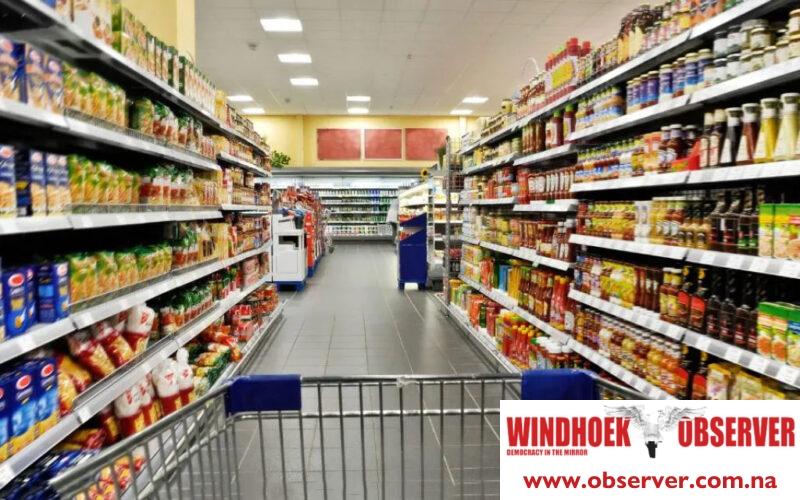Martin Endjala
Namibia’s annual inflation rate stood at six percent for October 2023, this is an increase compared to the 5.4 percent year-on-year (y/y) rate recorded in September 2023. This marks the third consecutive increase since the 4.5 percent y/y deceleration observed in July 2023.
According to Simonis Storm Security Economist Halleluya Ndimulunde on Friday, the monthly inflation rate for October 2023 remained stable, with the same rate as the 0.8 percent month-on-month rate reported in September 2023.
While the category of food and non-alcoholic beverages continues to be the primary contributor to headline inflation, the transport category took the lead.
He said Namibia’s inflation is influenced by factors like food prices, particularly vegetables and potatoes, and a notable increase in the transport category due to higher fuel costs.
“Global events, such as floods in Libya and the Hamas-Israel conflict, impacted fuel prices. Expectations suggest a potential easing of fuel prices for the rest of the year, supported by the strong rand and the US Federal Reserve’s rate hike decision.
Notably, in South Africa, fuel prices have been cut for November and it is anticipated that December will see fuel prices cut too due to lower international oil prices. The rand, presently at about USDZAR18.60, is stronger than in October but slightly weaker than its recent peak,“ said Ndimulunde.
Meanwhile, global factors, such as increasing US crude oil stockpiles and weak global growth, also contribute to the expectation of lower inflation in 2024.
However, risks persist, including those from weather events and global uncertainties. Therefore, going forward, we expect inflation to moderate due to the expected decrease in fuel prices and maintain our view of inflation to an average of 5.9 percent in 2023.
Furthermore, Namibia imports approximately 4,000 tonnes of potatoes each month due to challenges faced by local potato production, especially during the hot summer months when cultivation is difficult.
As a result, in October 2023, the borders were fully opened for potato imports, allowing traders to bring in 90 percent of potatoes, primarily from South Africa.
Winter, being the preferred season for cultivation, he said this further adds to the high demand and limited supply, following the conventional economic principle: the scarcer the commodity, the higher its price.
The food and non-alcoholic beverages category which accounts for 16.5 percent of the Namibian Consumer Price Index basket, saw an annual inflation rate of 9.4 percent in October 2023, an increase from the 9.1 percent recorded in October 2022 and but a slowdown from 9.8 percent y/y recorded last month.
The food subcategory saw an inflation rate of 9.2 percent in October 2023, with fish prices increasing by 15.5 percent, while milk, cheese and eggs rose by 12.4 percent.
In October 2023, the Food and Agriculture Organization Food Price Index dropped slightly to 120.6 points (0.5 percent drop). This was mainly due to lower prices for sugar, cereals, vegetable oils, and meat, with dairy product prices rising.
Additionally, the annual inflation rate for alcoholic beverages and tobacco stood at 7.7 percent year on year in October 2023, marking an increase from the 6.7 percent y/y recorded in October 2022. This increase was observed across all subcomponents within this category.




